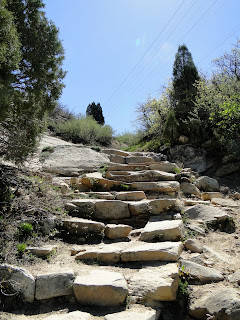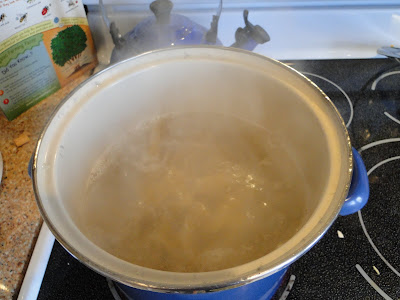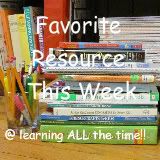Q: What do all these objects have in common?
A: They all contain materials mined from the Earth!
On Saturday we held a "pin day" for Dude's Webelo den. The boys earned their Geologist and their Artist pins. For the Geologist pin, we were supposed to "collect 5 geologic specimens that are useful to people."
 I don't know about your kids, but my kids seem to come home with
"geologic specimens" in their pockets every time they go outside! In
addition to these daily treasures, we got out our boxed rock
collections. We've had these around for a while. No idea where I got
them, but they are a decent little set from Geo Safari. We have the sedimentary, metamorphic, and fossil boxes. (I guess I missed the igneous set.)
I don't know about your kids, but my kids seem to come home with
"geologic specimens" in their pockets every time they go outside! In
addition to these daily treasures, we got out our boxed rock
collections. We've had these around for a while. No idea where I got
them, but they are a decent little set from Geo Safari. We have the sedimentary, metamorphic, and fossil boxes. (I guess I missed the igneous set.)
We discussed the many ways we use Earth's minerals and rocks. Just for fun, we looked at a few samples under the microscope, including a certain rock that people need to eat to stay alive!
Then we tried the streak test for a variety of samples and we learned about the Mohs hardness scale. Around here, this is part of the 5th grade science curriculum, so it was new information for our 4th graders. (Just because I like rocks and hanging around in rock shops, I had samples for nearly everything on the scale!)
The kids were eager to do the hands-on activities, so I tried not to bore them with too much reading! However, this book is a great introduction to the interior structure of the planet and plate tectonics. We discussed how our Rockies were formed, what causes tsunamis, how fossils develop, and how scientists figured out what's inside the Earth.
Then it was time for some fun art activities!
We discussed the three primary colors, then made all the colors we needed using just red, yellow, and blue.
There were giraffes...
...fancy faces...
...and Teddy bears! Oh, my!
Earning scout pins and homeschooling go hand-in-hand. In fact, the Geologist pin was so much fun,
I may turn it into a co-op for my local group! We're looking forward to working on more pins this spring and summer.






















































